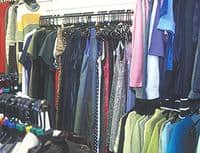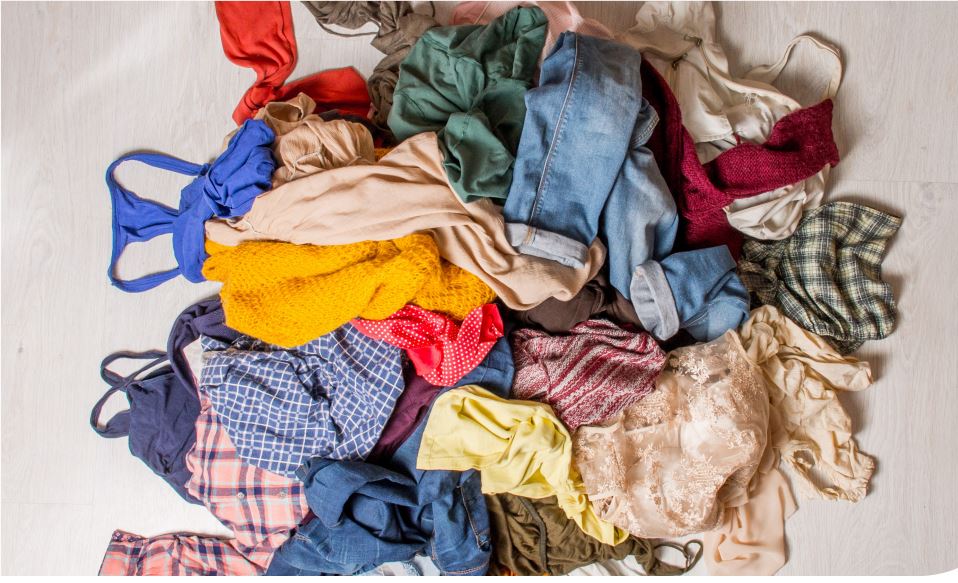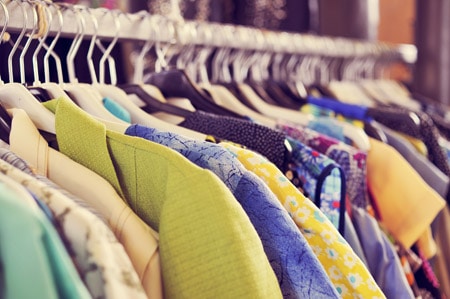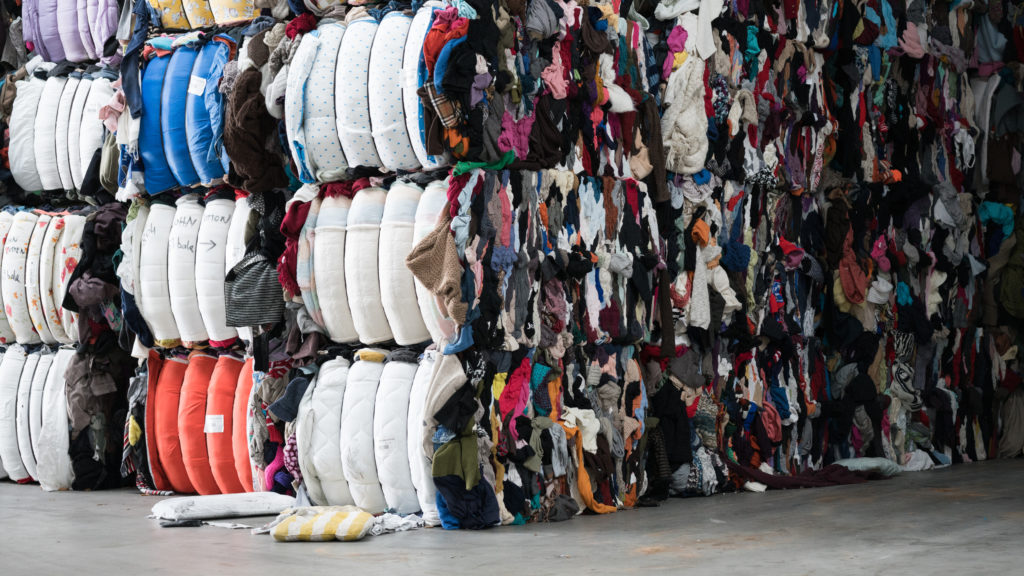The Department's “Clothing Roadmap” signals the first major support from the government for textile reuse and recycling with new research estimating that 1.165 million tonnes of textiles arises in the waste stream within Britain and Northern Ireland each year.
 |
||
|
Textiles in UK (2004/05) |
'000 tonnes | % of UK textiles |
| Consumption | 1,865 | 100 |
| Entering waste stream | 1,165 | 63 |
| Unaccounted for | 397 | 21 |
| Collected for recycling/resale: | 324 | 17 |
| Resold/re-use | 41 | 2.1 |
| Exported for resale/re-use | 174 | 9.3 |
| Recycled in UK | 62 | 3.3 |
| Exported for recycling | 26 | 1.3 |
| Collected but unsuitable for recycling/reuse | 21 | 1.12 |
| Net diversion from landfill | 303 | 16 |
| Source: Oakdene Hollins report | ||
The Roadmap could lead to the establishment of more UK clothing collections, more markets for lower grade rag and voluntary producer responsibility agreements being reached over clothes.
Details on the Roadmap have emerged from within an annex of the new English Waste Strategy published in May (see letsrecycle.com story). It comes on the back of a new study by consultants Oakdene Hollins that claims textiles are the fastest growing household waste stream in the UK, with sales of new clothes increasing by 60% in the last decade.
Recyclers
Textile recyclers yesterday welcomed the signal from Defra that the textile waste stream needs investigating.
Alan Wheeler of the Textile Recycling Association told letsrecycle.com: “We welcome the fact that textiles are being looked at and are for the first time on the political agenda. We have been lobbying government and the message has got through that textiles need to be looked at.”
“Textile recycling can help the UK to meet its recycling and carbon targets. We will be happy to talk to [new waste and recycling minister] Joan Ruddock and any other ministers about it,” he added.
Roadmap
Under the Clothing Roadmap, the government will bring together evidence about the environmental impacts of clothing from a variety of sources reports including last year's “Well Dressed?” report (see letsrecycle.com story) and the Oakdene Hollins study entitled “Recycling of Low Grade Clothing Waste”.
The Oakdene Hollins study found that the amount of textiles consumed in the UK had “increased significantly” to 1.9 million tonnes a year, but only 17% of clothing was being collected by the secondary textile industry. While the majority of local authorities are involved in some form of textile collection scheme, the report said less than 15% of councils operate or support kerbside collections of textiles, with councils not interested in collecting textiles because of their tonnage-based recycling targets.
Most unwanted textiles were being stockpiled or sent to landfill according to the report, which suggested such an option was as bad in carbon terms as sending food waste to landfill.
The report authors suggested that more markets needed to be developed for recycled textiles to redress the balance, especially if the quality of new clothes decrease and new clothes become cheaper. They also said councils should take on textile recycling targets and could use the existing recycling credits system to support the collection of used clothing and that retailers should consider voluntary producer responsibility measures.
These and other recommendations will be considered by Defra in consultation with industry, before ministers decide on future policy.
Writing in the Waste Strategy annex, Defra officials said: “Policy intervention might be aimed at increasing collection rates for re-use and recycling, and stimulating markets for recycled textiles, perhaps through more application of research and development and application of technology and innovation.”
“Other potentially fruitful areas for policy development include …. producer responsibility through voluntary agreements; new business models such as promotion of textile repair and increased product durability,” they added.
Non-clothing
The Department for the Environment, Food and Rural Affairs will also considering how data and evidence could be improved, particularly with regard to non-clothing textiles. For example, there is a need to increase carpet recycling and reuse but there is a lack of data on waste arisings and management.
It is hoped that the drive will help to boost the third sector and help to create jobs.
The annex said: “Improved policy intervention to increase re-use and recycling will deliver not only environmental, but social and economic benefits. Charity shops receive a large (but declining) percentage of sales from used clothes and many disadvantaged people, in the UK and in developing countries, benefit from re-suing clothing. Additionally, more jobs in the wider economy could be created from developing value-added markets for recycled textiles.”










Subscribe for free